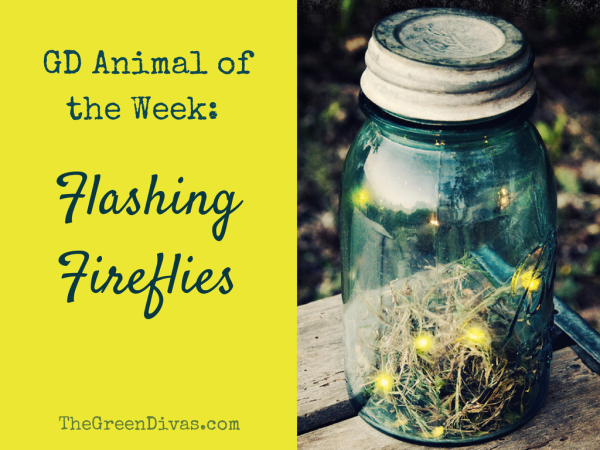 Yes. Insects are animals, too! And fireflies are one of the most magical of bug species.
Yes. Insects are animals, too! And fireflies are one of the most magical of bug species.
During a visit from friends from Oregon this July, I was reminded of the brilliance of nature.
While sitting out on our deck one evening, our guests were alarmed as they noticed little flashes of light rising from the grass. Alarm turned to curiosity as they realized they were seeing lightning bugs—or fireflies—for the first time! On the West Coast, lightning bugs lack light.
There are over 2,000 species of fireflies, not all of which light up. Take that California! You might have warm weather, but we have lightning bugs that actually live up to their name!
The glow of lightning bugs—my personal indicator of the official beginning of summer—is something I have taken for granted. It took our guests’ excitement to remind me of the magnificence of these critters. They light up for goodness’ sake! That’s pretty spectacular.
Watch this amazing time-lapse video of fireflies in action:
But how do they do it?
Whether you grew up catching these bugs in glass jars or if haven’t yet seen them in person, these interesting facts will be sure to amaze:
- Bioluminescence is the name of the game! This is how lightning bugs glow. They have light-emitting organs located on their abdomen. The bugs take in oxygen combining it with luciferin, in special cells, to produce light! They are very efficient as almost 100 percent of the energy that goes into the chemical reaction is released as light.
- They flash their lights in specific patterns in order to attract mates! Males of a certain species flash in a specific pattern to attract females of the same species. Females will respond with their own pattern to let the male know whether or not to continue their courtship. The well-being of the population depends on flashing! Scientist are still unsure of how they are able to switch their lights on and off.
- Their life span is about two months!
- Females lay their eggs underground. These eggs turn into larvae that reside underground preying on worms and slugs.
- Unlike their larvae, adults will eat nectar or pollen. Some adults won’t even eat at all!
- They’re actually beetles, not flies.
- They reside in meadows and woodland edges—habitats that are vastly decreasing as developers pave over fields to build houses and other buildings. So it you want to attract more lightning bugs to your backyard, let that grass grow!
Learn even more about fireflies…
Thousands of tourists camp out each year to witness the spectacle of nature’s nightlife in this Tennessee forest.
Love animals? Check out the Green Divas wildlife page for more!
Bonus:
Listen to this Green Divas Radio Show feature interview with Louie Schwartzberg, creator of gorgeous time-lapse nature films.
[dynamic-sidebar id=’Custom Widget 2′]
Sources: www.nationalgeographic.com | www.mnn.com | images via shutterstock.com
Green Diva Meg
August 11, 2014 at 11:56 am
i adore fireflies. fun post! thanks! 😉 gd meg